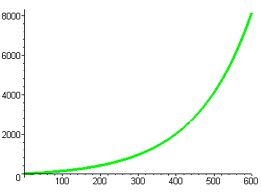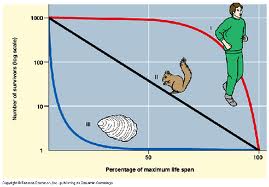What's so important about having biodiversity anyways?
Well, some people argue that species have instrumental value, or that species are advantageous to humans because of the goods and services that it provides like food, fuel, medicine, etc. Species can provide revenue for humans, for example, eco-tourism gains half a trillion dollars each year. They can also provide useful genetic information and code for scientists to make genetically modified assets.
Other people argue that species have intrinsic/existence value, which means that everything has a right to live regardless of its advantages because everything has that fundamental right be it cockroach, insect, or human. Famed biologist E. O. Wilson goes even further and says that people have a natural affinity for nature and want to protect it, a phenomenon known as biophila.
I would argue that the intrinsic people are the nicer people and the instrumental people are the sadistic exploiting type. But that's just my opinion.
What are the threats to biodiversity?
Remember this useful acronym
HIPPO
H: habitat destruction and fragmentation, the greatest threat to biodiversity.
I: invasive species, these (mostly generalist species) are introduced into foreign environments and more often than not displace existing species that are unable to compete. Example: quagga mussel, kudzu vine
P: population growth of humans
P: pollution, more on that later down
O: over-harvesting, coming soon!
How do we protect biodiversity?
Important legislation and treaties include…
Convention on International Trade in Endangered Species (CITES): A treaty signed by the vast majority of countries and it prohibits the trading of listed endangered species.
Lacey Act of 1900: It prohibits the movement of wild animals across state borders.
Endangered Species Act of 1973: Holds National Marine Fisheries Service and US Fish and Wildlife Services responsible for identifying and listing endangered and threatened species, and prohibits projects that would risk the extinction of an endangered or threatened species.







